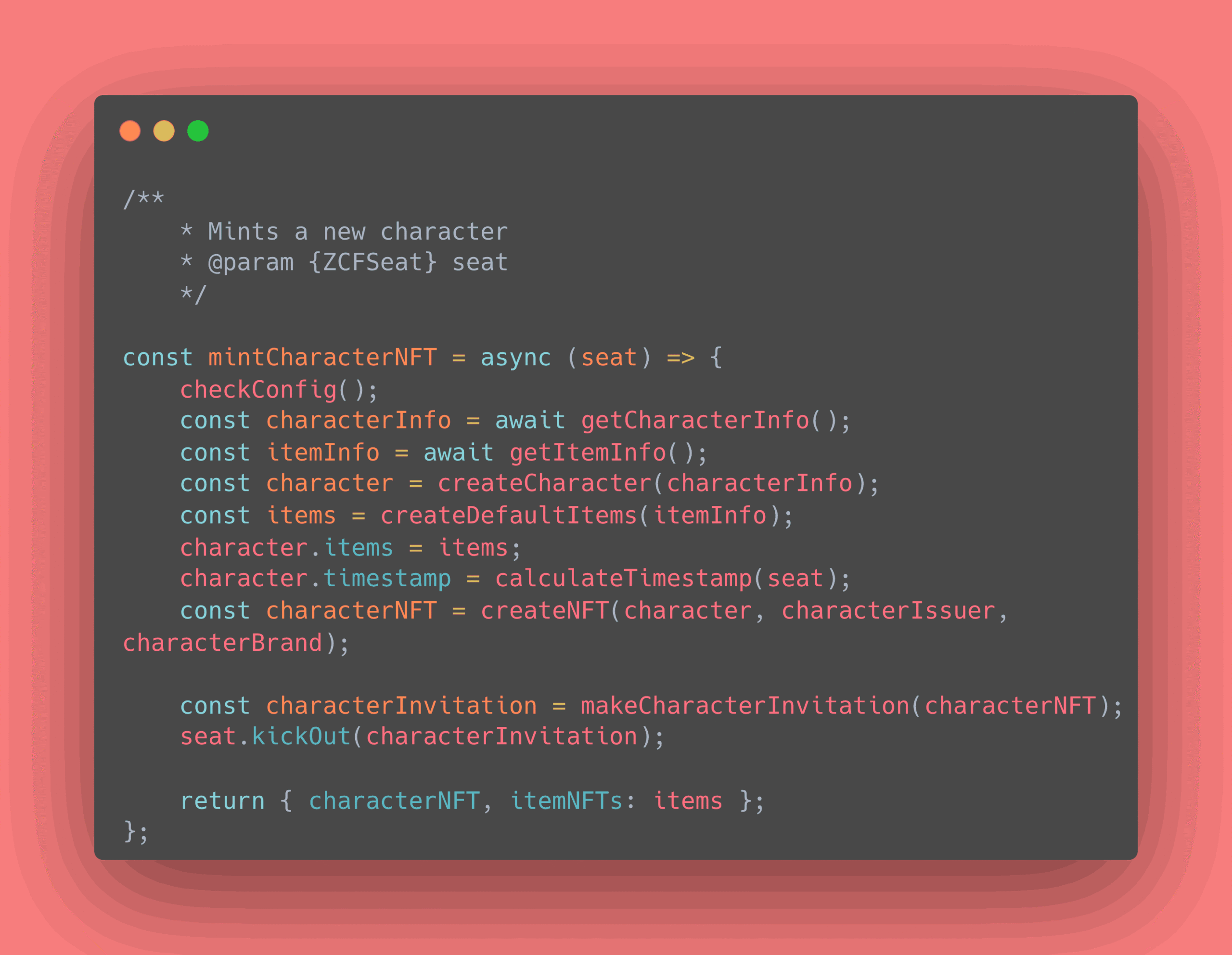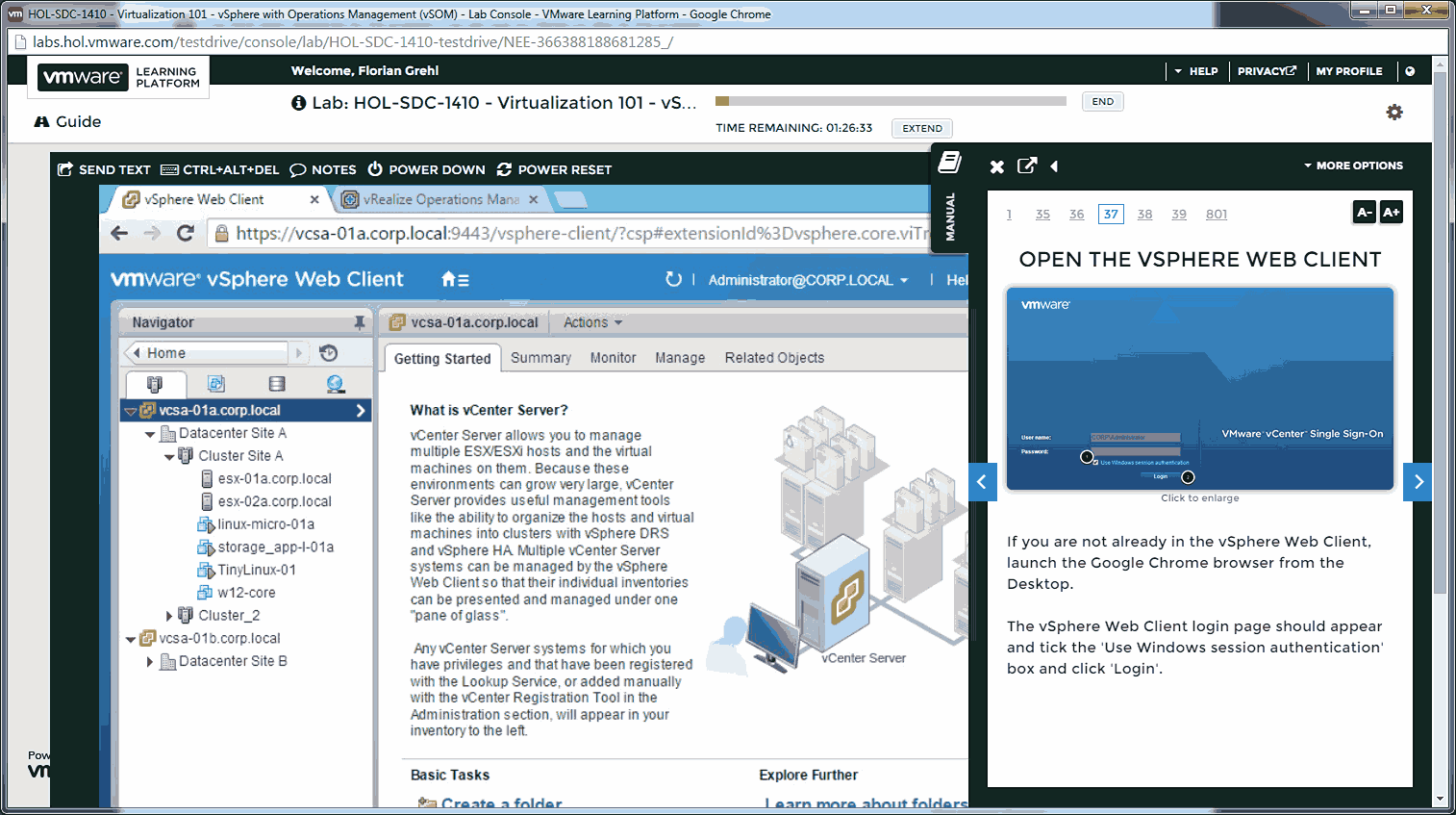Have you ever wanted to look behind the curtain of the VMware vSphere environment? While the vSphere client provides a polished graphic interface for daily tasks, a powerful, hidden tool gives you raw, direct access to the vSphere API. This tool is the managed object browser (MOB), often called vSphere MOB. The managed object browser provides a direct view into the core of the vCenter Server and ESXi host, showing you every property and available action. Understanding the managed object browser is like learning the secret language of your virtual infrastructure, unlocking new opportunities for troubleshooting, automation, and advanced configuration.
This guide will drive you through the managed lenses, how to access them, and why it is an indispensable tool for any serious VMware administrator. We will detect the structure, from managed elements to data types, and see how to use it in query methods and collect detailed health information about your virtual machines and resource pools. Whether you manage a composite environment with a single ESXI host or more vCenter servers, your audience is your key to unlocking the deep level of control.
What Exactly is the Managed Object Browser?
Managed Object Browser is an online service that runs on both the vCenter server and individual ESXI hosts. Think of it as a live, interactive map of VMware vSphere API. This is not a replacement for the VSPere client or vspere -web clients; Instead, it is a developer-centered tool that exposes a full object model that provides strength to your entire virtual environment. Each component, from a data center to a network adapter of a single virtual machine, is represented as a “managed object” in this hierarchy.
When you use the amount, you mainly make a direct API call without writing any code. It presents a simple, online access point to detect objects and their characteristics. This includes everything from the configuration of your host to the advanced settings of the virtual machine. Especially, VCenter Mob gives you a centralized view of all the elements administered by the VCenter server, for example. For safety reasons, this powerful equipment is often disabled in production systems, but knowing how it is capable is an important skill for advanced diagnosis.
You can also read about ponas robotas
Gaining Access to the vSphere MOB
Reaching the administered object reader is decent, but for this, you need to know the right URL syntax. You can access MOB to a vCenter server or a standalone ESXI host.
To reach the Vcenter mob, open a browser and navigate the following URL, replace your Vcenter dolls with IP address or fully qualified domain name on your Vcenter server:
https: // your vcenter-you-or-fqdn/mob
Similarly, to reach the amount of an individual ESXI host, you will use the specific IP address or hostname.
https: // Din-XXI-IP-FQDN/MOBB
When you navigate the URL, you will be set for identification. You must use an account with administrative privileges on the target system, such as an administrator for the vcenter@vsphere.local account or the root account for the ESXI host. When you are certified, you will be congratulated by the main page of the managed object reader, which usually shows the ServiceInstance object. This is the root object from which you can navigate all other managed objects in the system.
The Structure of the Managed Object Browser

Navigating in the crowd can seem confusing to begin with because it is not a graphic interface designed for aesthetics. This is the raw representation of the API. The structure is based on some important concepts: managed objects, properties, and methods.
A managed object is an object on the server side that you can manage through the vSphere API. Examples include a virtual machine, an ESXI host, a cluster, or a resource pool. Each Managed Object has a unique Managed Object Reference ID, which HELPS the system identify it. The audience shows it as more.
Each managed object has properties and methods. The real estate sector contains information about the object. For example, a virtual machine object has properties for its name, power condition, and guest system. These properties can be primitive data types, such as a string or integer, or they may be complex data types, which are mainly more structured data objects.
Methods are the tasks you can do on an object. For example, a virtual machine object has methods such as poweronvm_task, powerfvm_task, and createsnapshot_task. When you click on a method in the crowd, it takes you to a page where you can use it; sometimes you have to provide parameters. It creates a powerful script object to test the API conversation, using the rest of the API before integrating them into automation frames such as powerclies or scripts.
You can also read about your topics multiple stories
Why the MOB is an Essential Tool
Although you cannot use the managed object reader every day, it is invaluable in many specific scenarios. The primary use is for deep troubleshooting and the collection of information that is not easily accessible in the VSPere client.
For example, you can use MOB to check advanced configuration details hidden from the standard user interface. By navigating through the configuration category in a host or virtual machine object, see each setting. It is useful for monitoring or verification of performance that security is the best practice that is properly used. You can inspect the status of the security certificate or check the SSL certificate details directly.
The managed object browser is also a great teaching tool for anyone interested in vSphere automation. Before writing a script with a PowerCli module or calling an API conversation, you can use the mob to explore the object model, find the exact feature you need, and understand the parameters of a method. You can also see the XML display for the final query, which helps you understand the composition of API requests and reactions. This exploration on the hands is far more effective than documentation of reading. This is like a live power reference on the fingers.
Under some troubleshooting conditions described in the base of VMware knowledge, you may be asked to use the command to check a specific value or use a hidden method to solve a problem.
For example, if a task is stuck, you can use the managed object browser to locate the task object and attempt to interrupt it directly. It can also be used to see detailed health information about the components of your system.
A Practical Walkthrough: Exploring a Virtual Machine

Let’s go through a simple example of navigating in the crowd to find a specific virtual machine and look at its properties.
Based on the main service page of the Vcenter mob, click on the material property. This takes you to a new page that shows the features of the service, the connoted data object. Here you will find many leadership objects, such as root recipients, properties, and variations.
Click on the price next to the root folder, which will usually be something like group-d1. This is the root folder of your VCenter product. From here, click the Rescue Property. This will show you the top data center objects in your inventory. Click the data center you want to find.
Inside the data center object, you will get properties such as World Cups and Hostfolder. Click VM folds. This takes you to your virtual machine and possibly a folder with other subfolders. Continue to navigate through the rescue properties as long as you search to find the specific virtual machine.
Once you have clicked on the Object Reference Managed for Your Virtual Machine, you will see a list of all its properties and methods. You can see the name, its current state, and details of the hardware configuration. You can also invite methods, such as CreateSnapshot_task, which is an API conversation that forms the basis for snapshot production, a process that is often administered by devices such as VIM security copy and replication. This direct conversation helps you understand what happens when you click on a button in the VSPere client.
Security and the Managed Object Browser
Let’s go through a simple example of navigating the crowd to find a specific virtual machine and see its properties.
Based on the main service page of the Vcenter mob, click on Physical Property. This takes you to a new page showing the facilities of service data objects. Here you will find many leadership objects, such as root recipients, properties, and different.
Click the price next to the root folder, which will usually be something in the form of group-d1. This is the root folder of your VCenter product. From here, click on rescue property. This will show you the best data center objects in your inventory. Click the data center you want to find.
Inside the data center object, you will get properties such as the World Cup and cough holder. Click the World Cup folds. This takes you to a folder with your virtual machine and possibly other subfolders. Continue to navigate through the rescue properties as long as you search to find a specific virtual machine.
Once you have clicked on the Object Reference Managed for Your Virtual Machine, you will see a list of all its properties and methods. You can see the details of the name, its current status, and hardware configuration. You can also invite methods, such as CreateSnapshot_task, which is an API conversation that forms the basis for still image production, a process that is often administered by devices such as VIM -Security copy and replication. This direct interaction helps you understand what happens when you click on a button in the VSPere client.
